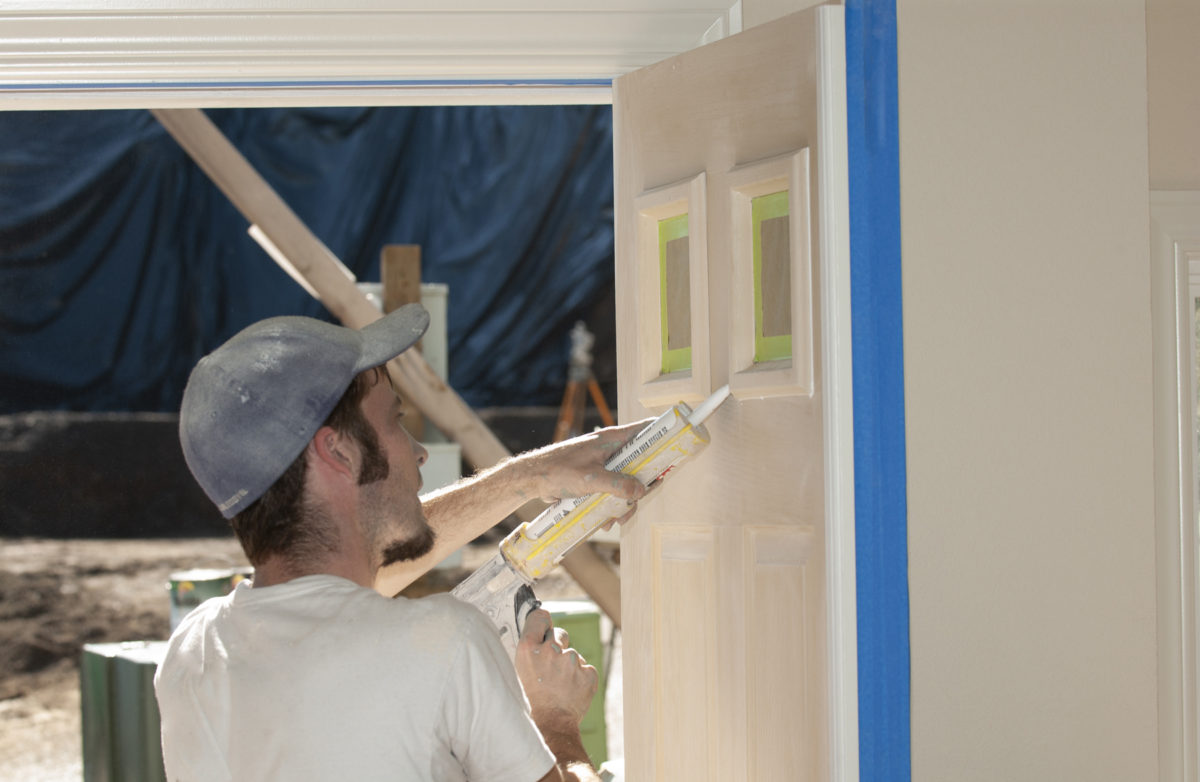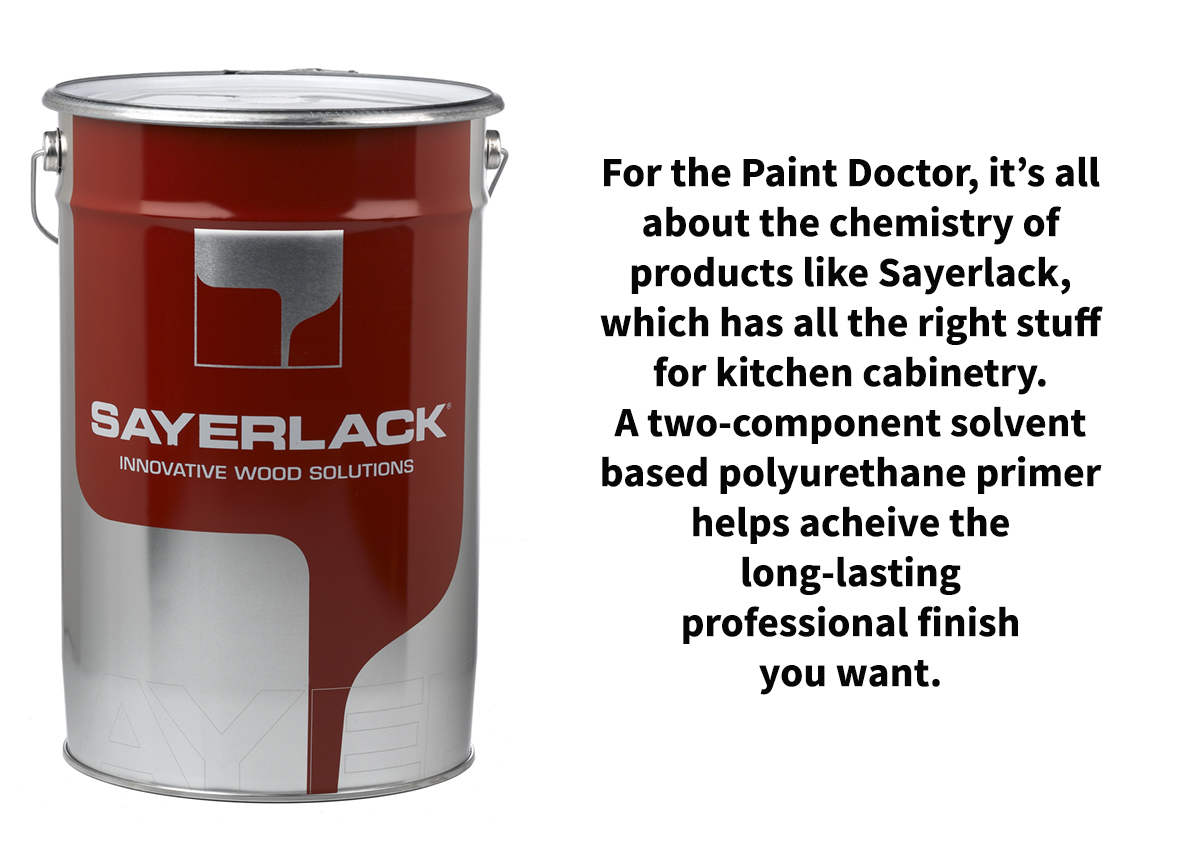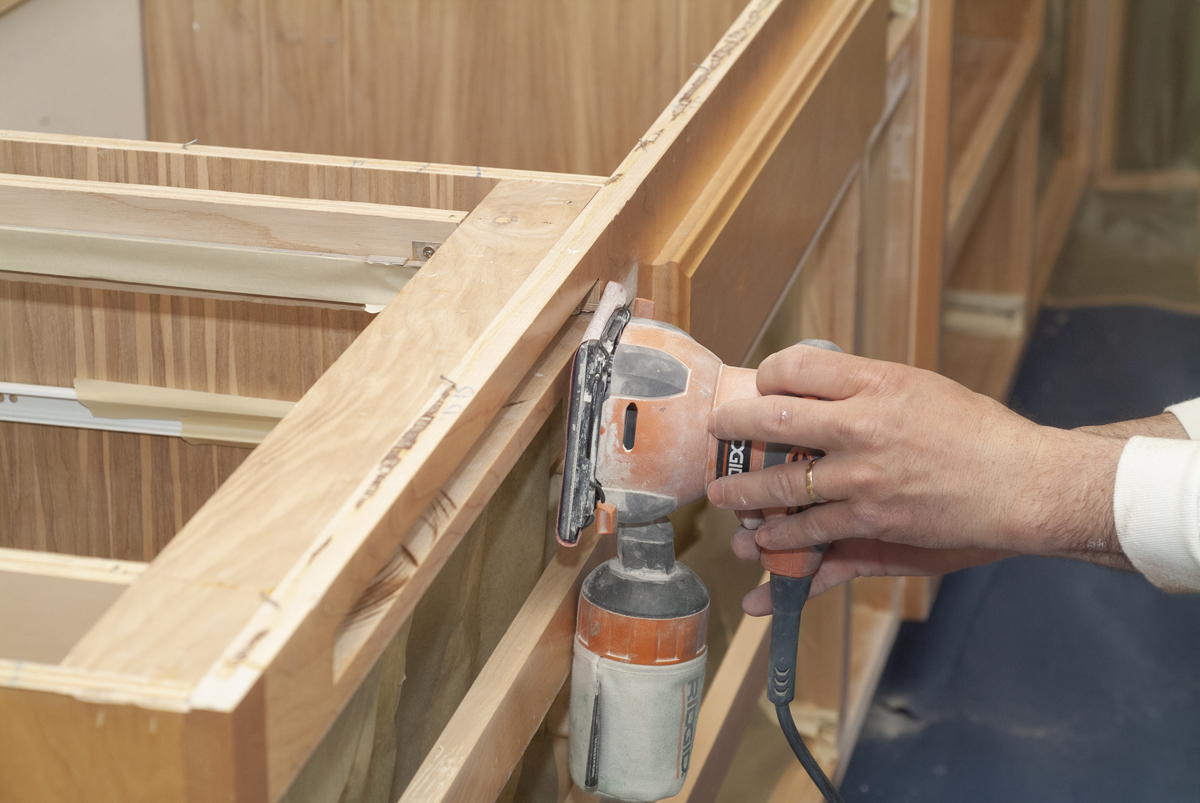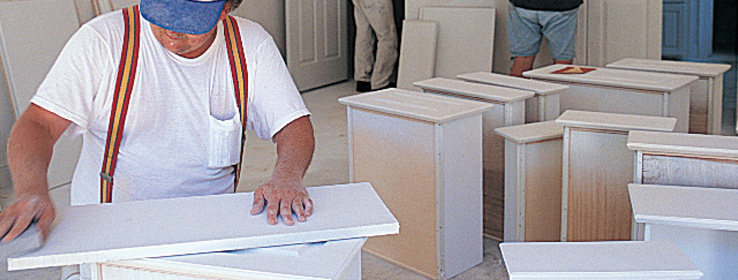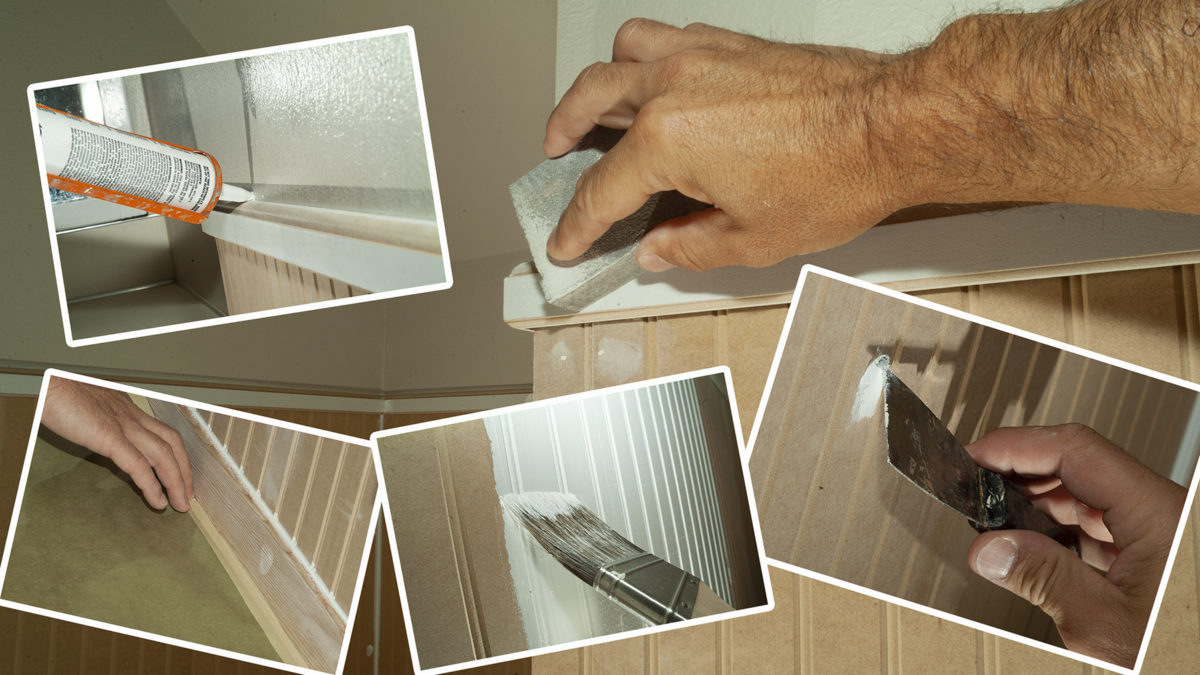As we often say at Paint Doctor’s Painting, painting is prep, which means you can’t get a quality paint job without all of the necessary preparation done well. One of the critical steps in paint preparation is caulking.
The importance of properly applied caulk cannot be overstated. It seals, smooths, protects and greatly increases the lifespan of both the paint job and the building. Good caulking covers minor imperfections and provides a beautiful transition between trim and wall, between baluster and rail, between adjacent corners. Caulking also provides a very useful adhesive that gives strength to the fasteners and glues that keep construction components in place.
Our professional painters know what caulking product, when to use it and how to apply it for the best protection and presentation of your project. It’s a very real skill set. If you’ve every seen someone try to caulk that doesn’t possess the skills or if you’ve seen the results of an unskilled caulker, you know what this looks like and it’s not pretty.
Proper caulk, you know that’s a real thing, right? Call the pros at Paint Doctor’s Painting.

